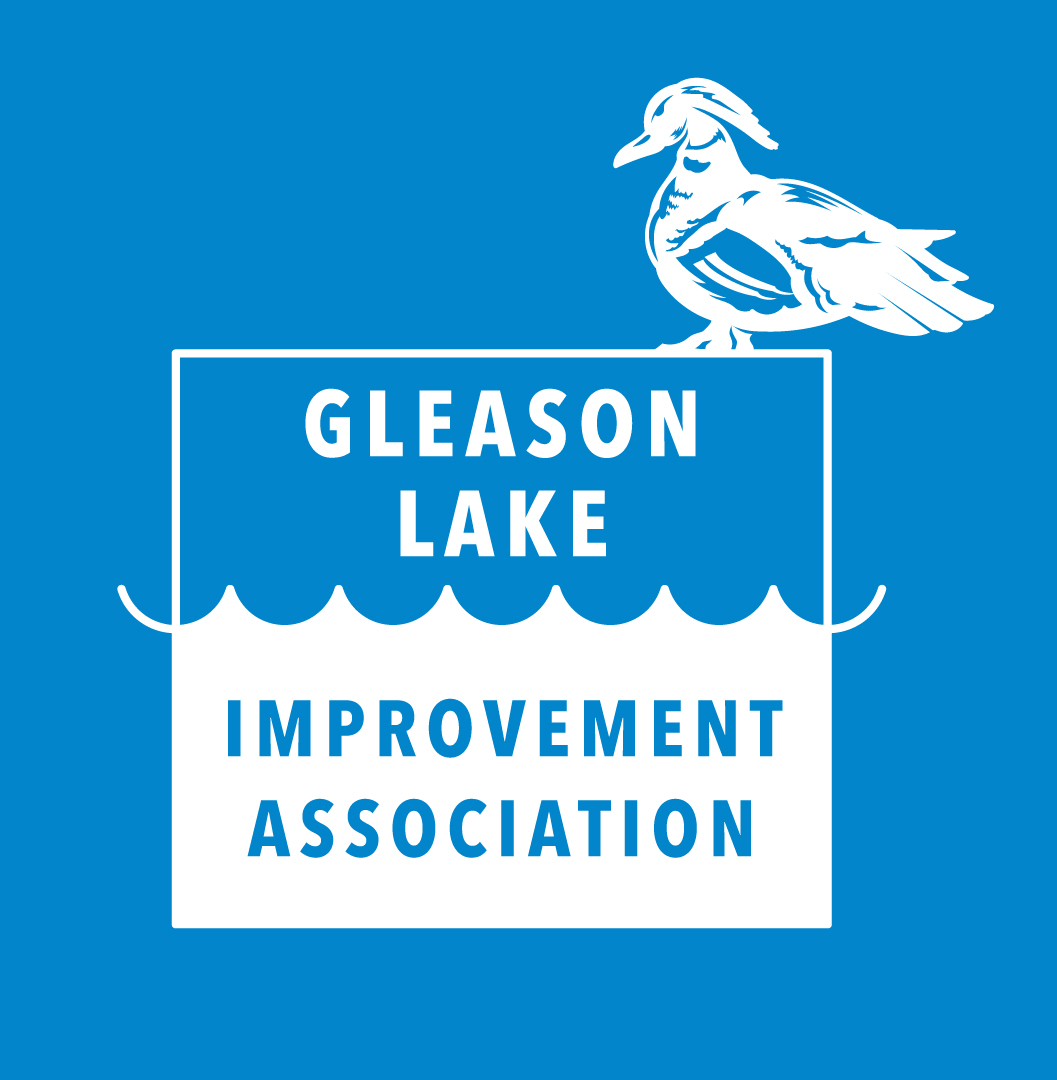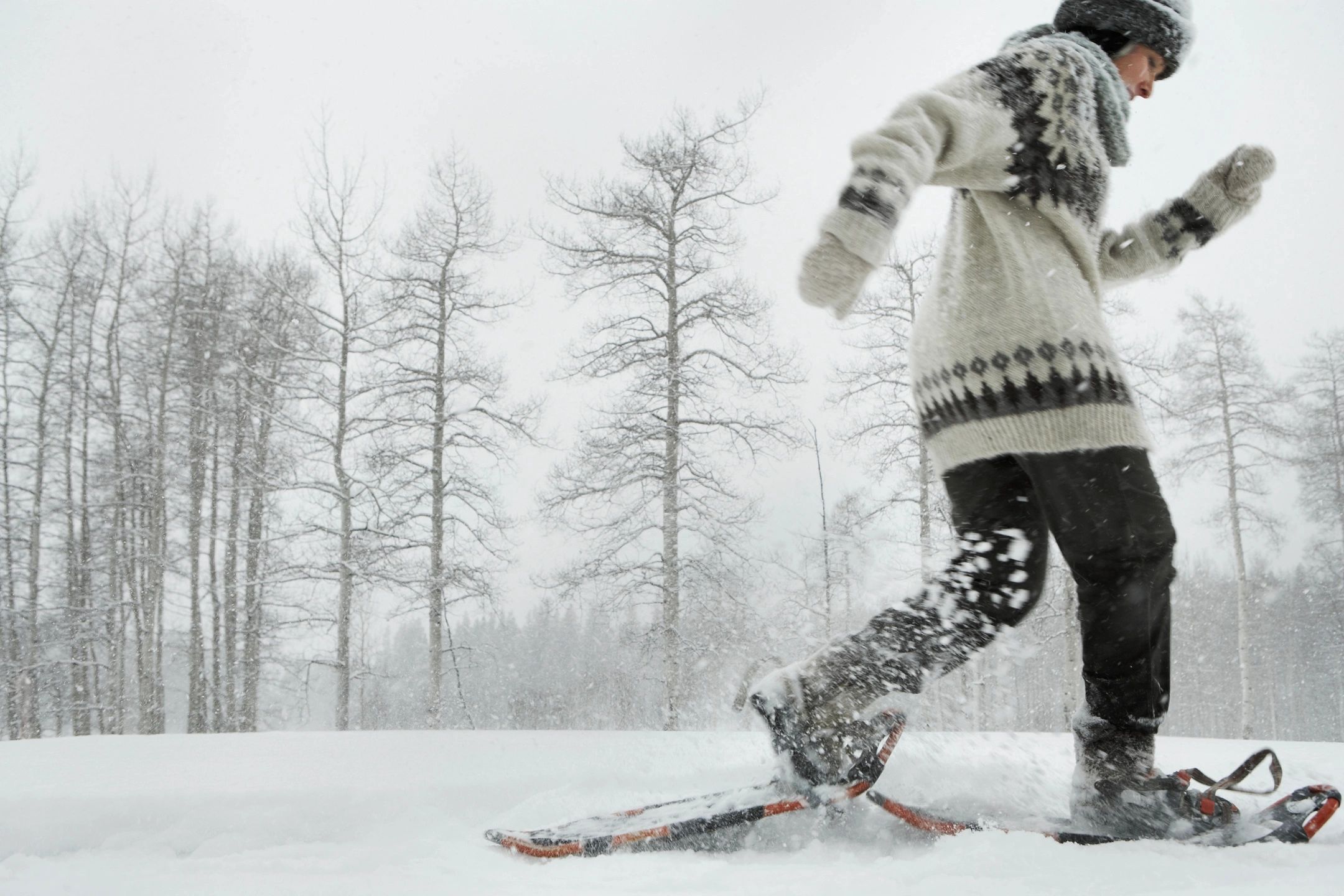
Thank you to those who attended the Gleason Aeration Event!
Sunday, January 21st @ 10:00 AM
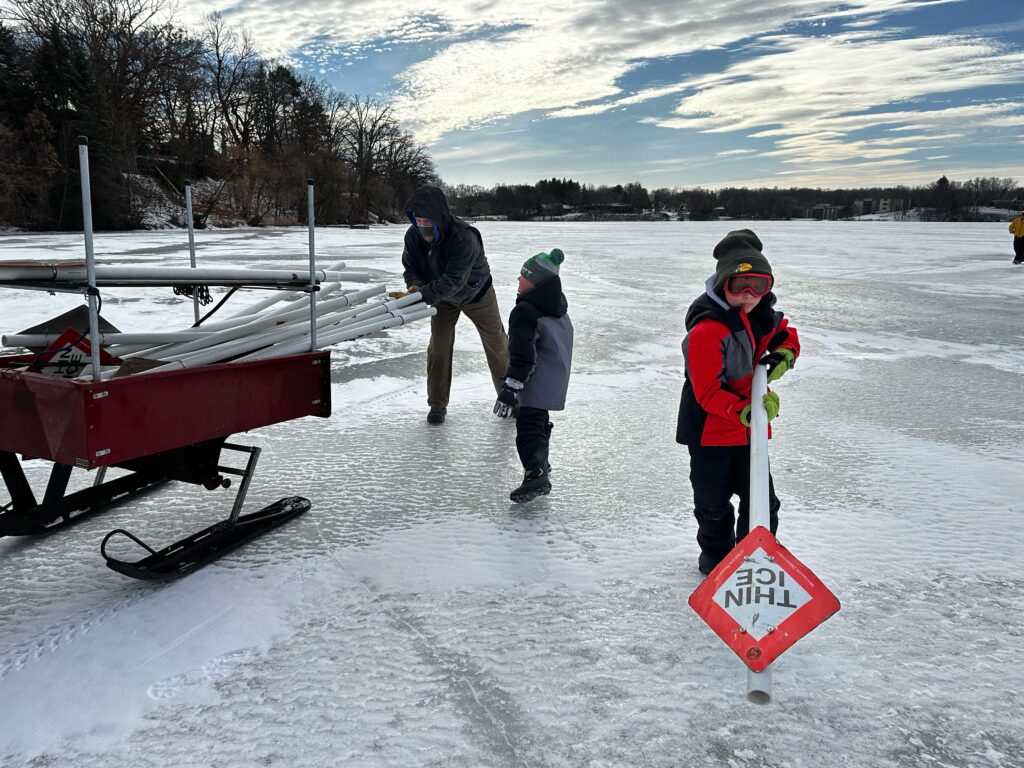
CAUTION

HELP POST SIGNS
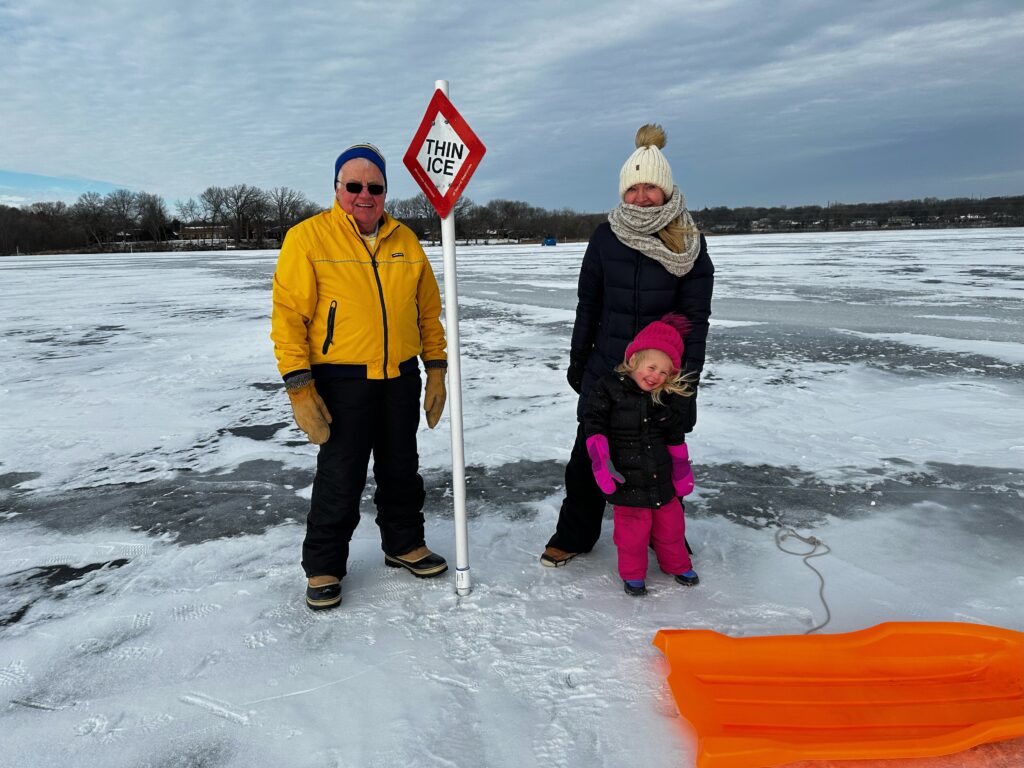
WARNING
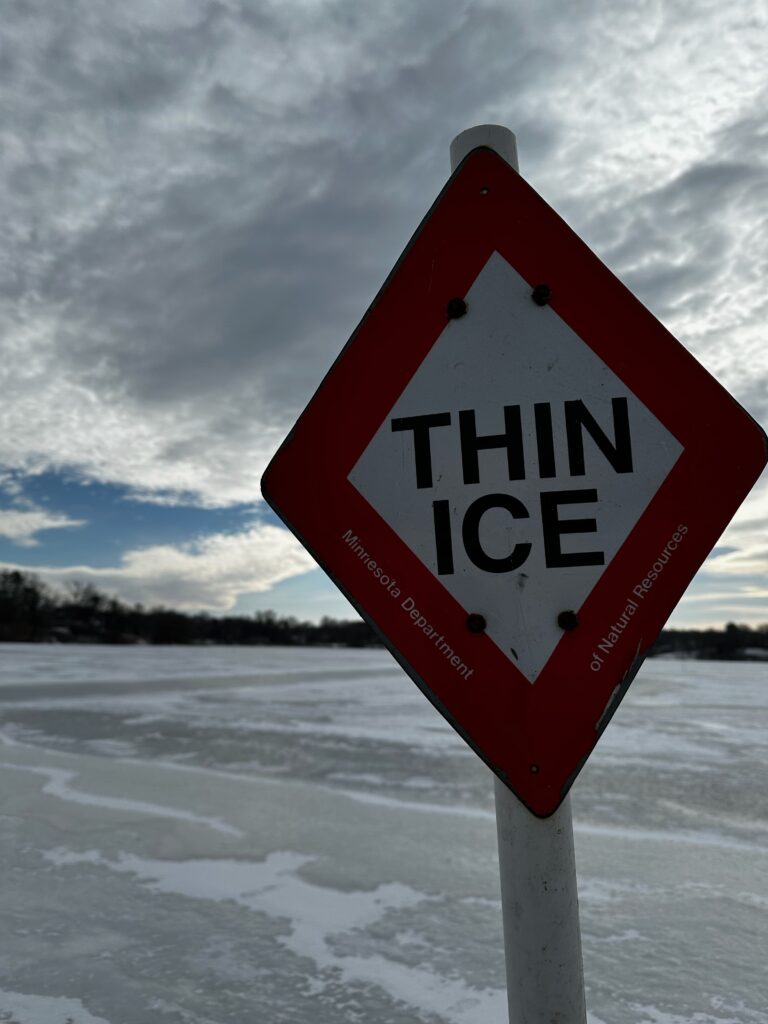
At this event, we turned on the aeration system to help maintain higher oxygen levels for the fish in Gleason Lake. We enjoyed hot cocoa, donuts, and cookies, while posting around 35 signs warning lake users of open water and thin ice! This year we set up a warming tent for those who braved the cold.
Annual Virtual Meeting
February 7, 2024 @ 7:00 PM
At this time we communicate our vision for the year and review our budget from 2023. We will also discuss the permitting form needed for dock weed spraying for the season. This is your chance to ask us questions.

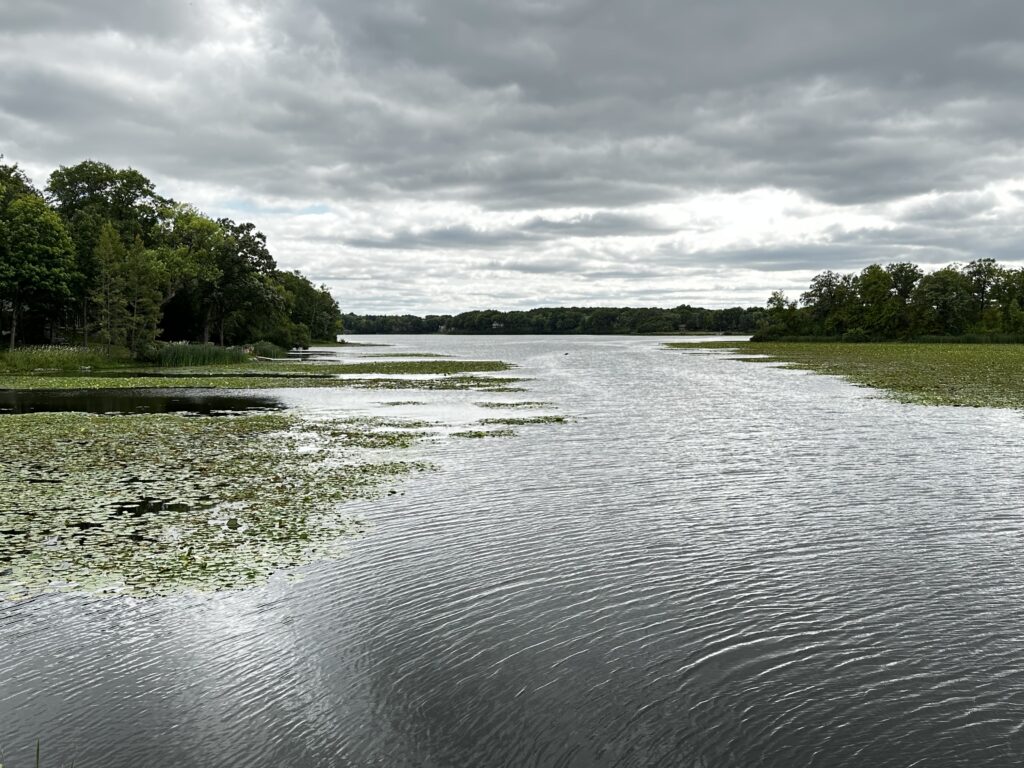
Fall Social Event
Sept 2024 3:00-5:00 PM
Location: To be announced
Come meet the board members and join us to discuss recent news and updates regarding Gleason Lake. Last year we took attendees out for a boat ride. Weather permitting, we plan to do this again!
Latest Highlights
- Aerators were turned on this winter on January 21, 2024. Proceed with caution! We maintain open water signs indicating THIN ICE. For more information on how and why we do this check out Lake Health & Permits Page.
- A Seasonal Advisory Notice was posted here October 23, 2023 alerting homeowners to remove their dock. Gleason Lake experienced a large amount of ice movement in the Spring of 2023, and we expect this may occur again in 2024 as we observe high water levels. We recommend dock owners remove their docks each winter before the freeze to avoid possible damage.
- Our Fall Social Event was held September 17, 2023 where attendees were offered a free boat ride and given an update on lake conditions and ongoing water treatments. Custom logo Gleason Lake Tote bags were available for purchase at a price of $20. If you would like to purchase a bag, contact us while supplies last.
- Gleason Lake set a record with 32 Homeowners getting permits to treat their shoreline area for various sub surface weeds including Lilly Pads in 2022. We helped 28 homeowners utilize this service again in 2023.
- Typically more than 10,000 beetles are released in 5 different areas of shoreline. This program was continued once again in 2023 with much success. The beetles feed on purple loosestrife to combat this Aquatic Invasive Species. In 2023 only 2 acres of curly-leaf pondweed were treated, down from 20 acres treated in 2022. This is fantastic progress!
In The News
- 5 tips for keeping our waters clean
- Go Lead Free – Fish and Hunt without toxic lead.
- Staying healthy while enjoying our waters
- Headed to a lake this summer? How to protect your kids from toxic algal blooms
- Toxic algae problem will ‘get worse in a big way’ as climate continues to warm
- Adopt A Drain
- One lead sinker kills a loon
- Minnesota requests BP oil spill money to help loons recover
More News
You may also be interested in local news and events from the cities around Gleason Lake. Visit these organizations online or follow on Facebook or Twitter.
TIPS TO PROTECT THE WATERSHED & LAKE

CLEAN UP/INSPECT
Clean sweep debris in streets and driveways. Clean up after pets. Adopt a storm drain and keep it clear of debris and litter. Boats should be dry and clear of zebra mussel before launch.
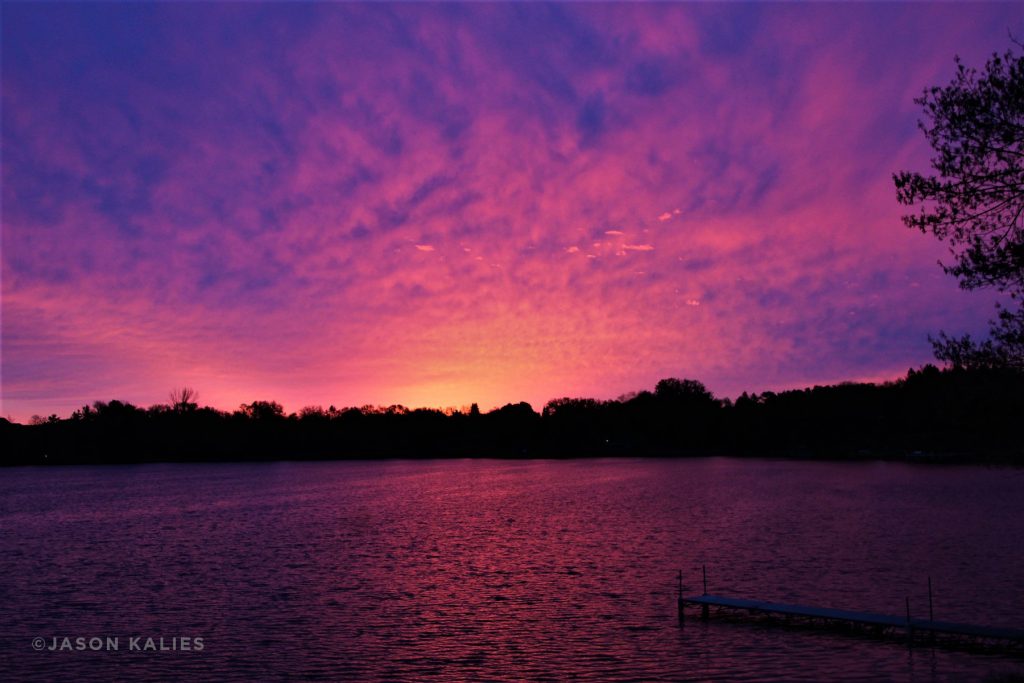
WATER NEAR HOME
Install rain gardens to filter water into the soil. Direct downspouts away from hard surfaces so they filter into the soil.
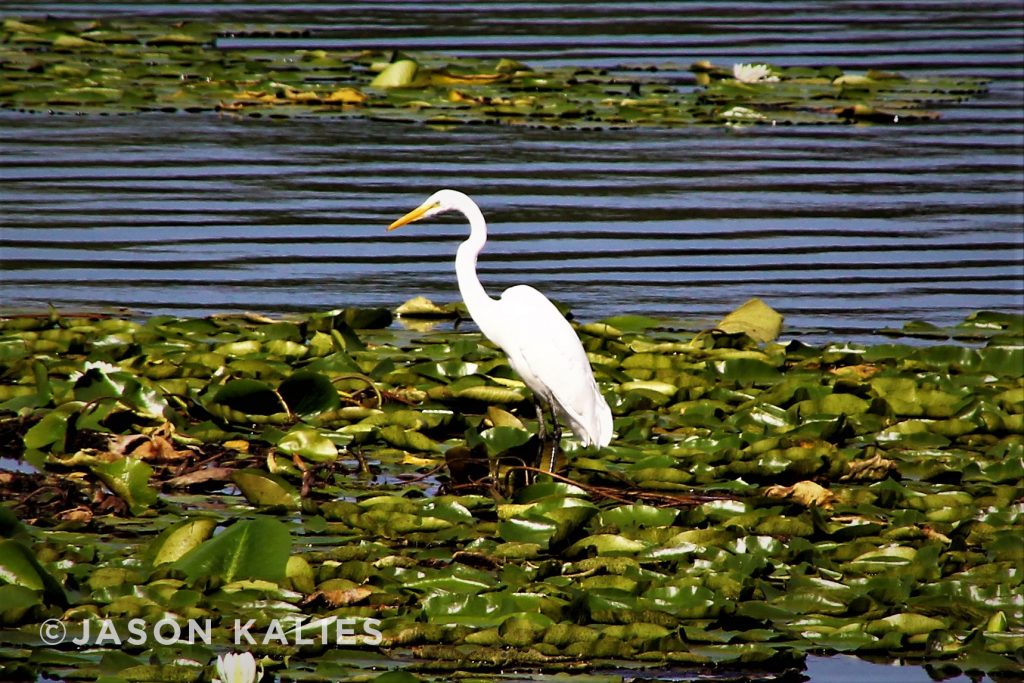
POLLUTANTS
Keep pollutants such as road/driveway salt and fertilizer out of storm drains. Use Zero PH Fertilizer, and maintain a buffer on the lake shore.
History of GLIA
1980s

1980 Association formed with 22 families. Lee Wallace, Ken Campbell, and Lee Keeley (pictured left to right with Don Patterson) were original members and are still active members today with over 150 contributing families in the association and a mailing list of nearly 300.
1981 Founders Lee Wallace, Ken Campbell and Lee Keeley established by-laws, articles of incorporation, and first Board of Directors. Meeting with Freshwater Institute to become a Pilot Lake.
1983 Gleason Lake established as a Pilot Lake for water clarity and preservation. Harsh winter killed most of fish in the lake.
1984 Lake-wide aeration and weed management initiated. Eight of 24 aerators were installed and fish re-stocked.
1985 Mechanical harvesting of lake. Dam repaired.
1986 Lost most stocked fish from 1984. DNR would not let aerators be run until ice was 9″ thick and by that time oxygen was too low to recover and save fish.
1987 Water reached a low of 4 ft below dam level in August.
1988 First year for chemical weed control
1989 Lake posted regarding Eurasian Milfoil threat.
1990s
1992 Board works with MCWD and DNR to alter dam and lake levels through Gleason Creek project.
1993 Chemical weed control continues and water quality steadily improves.
1994 New dam built by MCWD with GLIA assistance. First carp appears on lake due to dam work. Holding pond on north end of lake approved.
1995 First “Day on the Lake” held for members to celebrate completion of new dam and a holding pond on north bay which will keep contaminants from flowing into the lake.
1996 Second “Day on the Lake.” Board voted for 8 ice vents to eliminate open water (a hazard on the lake). The ice vent goes over an aerator, diffuses the air flow downward and oxygenates the lake. After another harsh winter, the aerators worked to preserve fish population. By-laws revised.
1997 Loosestrife eradication program using beetles. New Luce Line bridge installed.
1998 Eurasian milfoil eradication program initiated; spot treatments continue with MidWest AquaCare. Lake Management Plan initiated with Emmons & Oliver.
2000s
GLIA partners
2000-2003 Curly Leaf Pondweed (CLP) eradication with DNR.
2003 Luce Line rain garden completed for zero runoff demonstration with Fortin Consulting.
2001-2003 Aquatic plant survey reveals:
3.89 miles of lakeshore
160 acres of water area plus Adjacent 14 acre wetland
Maximum depth of 16 feet
Average depth 5-10 feet
Volume: 400 million gallons
Gleason Lake Watershed: 3,900 acres, located primarily (95%) in Plymouth, with portions in Minnetonka and Wayzata. Involves an estimated 3,000 homes.
High Phosphorous concentration results in blue-green algae blooms in late summer. The health of Gleason Lake affects Lake Minnetonka (Wayzata Bay), Minnehaha Creek, and the Mississippi River to the Gulf of Mexico.
2003 Final Lake Management Plan done with Emmons-Oliver
2004 Protect water quality with Best Management Practices (BMPs) initiated:
• Clean sweep debris in streets and driveways
• Clean up after your pet.
• Install rain gardens to filter water into the soil
• Keep pollutants out of storm drains
• Use zero Ph fertilizer and maintain a buffer on the lake
• Direct downspouts away from hard surfaces, filter into soil
2007 City of Plymouth street maintenance around Gleason Lake west side with improved storm drains and rain gardens installed.
2008 CIP & MCWD with GLIA improved holding ponds on CR 6 and Garland Lane and just north of Gleason Lake townhomes, nicknamed “The Big Dig.”
2007 – 2011 Five Year Contract with DNR, MCWD and GLIA to study effects of whole lake herbicide treatment (Aquathol K) to control Curly Leaf Pondweed (CLP). Final reports indicate greatly reduced plant growth with herbicide treatment. The Fish Survey shows a good and healthy population (see report under Lake Health).
In 2007, 2008, and 2009, 140 of the total 160 acres were sprayed with Aquathol K (see details under Lake Health).
In 2010, 27 acres and in 2011, 16 acres. From 2007- 2011, this was funded by MCWD with DNR approval.
2010s
2012 GLIA assumed total reponsibility and paid $13,000 to treat CLP in 45 acres (due to an early warm season and drought, the acreage was tripled from previous year).
We need to raise $15,000–$20,000 each year to support this endeavor as well as our administrative costs and outreach. The Volunteer Board manages the funds to insure that 90% goes directly to lake improvement.
2012 GLIA celebrated “30 YEARS” with 70 members present. It was held at Heiland’s and guest speakers (Steve McComas, Eric Evenson, Metro Blooms and the University Bee Squad) informed members of Gleason Lake’s status. Special thanks to Heidi and Dan Heiland, Donna Wolsted, Lee Keeley, Lee Wallace, Rob Peterson, Mary Meyer, David and Mary Brown, Mark Rausch and Don Patterson for their efforts to make this happen.
2013 We treated 11 acres of curlyleaf pondweed. The vegetation growth is dependent on the type of winter and spring we incur: heavy snow cover or light snow; very cold winter temps or mild; a warm early spring or late spring; a rainy season or dry one. Thus, it is hard to predict how much we need to treat until Blue Water Science (Steve McComas) does a survey in May (since 2007). We are beginning to realize slowly some improvement in water quality.
2014 We treated 13 acres of curly leaf pondweed. We began the year in June with an abundance of rainfall. By the end of the year we were below normal rainfall for the year. The shallower water allows the sun’s rays to penetrate to the bottom and the CLP becomes more abundant. The winter began with an early freeze in November, mild December and sub zero temps in January. We had little snow cover all winter.
2015 We had a light snow year and in March temperatures were above average, which gave the aquatic plants more sunlight and advanced growth time before treatment. We treated 32 acres of curly leaf pondweed with Aquathol-K. The areas treated showed significant improvement 4 weeks later. Members commented this was a good year for boating — the best it has been for a while. However, the algae was significant in August to mid September. Midwest Aqua Care did treat algae for individuals who opted for treatment. Coontail (anative lake plant) was reduced by the CLP treatment even though it is not the optimal time for herbicide application.
2016 This past winter was very mild with a week or two “cold snap” where temps fell below zero for 7-10 days. We had very little snow; it rained 1.5 inches on Christmas Day. We had another warm spring and the ice went out March 24. Spring comes earlier each year it seems. We have gotten Curlyleaf Pondweed under control – we treated 19 acres of the 160 total acres. We continue to work with Blue Science, Steve McComas who does the spring and summer survey of plant vegetation, as well as the DNR and MCWD and our sprayer Midwest Aqua Care.
2017-2018
• 27 GLIA Homeowners did shoreline treatments in 2018, which is a record setting year. Two rounds of spraying were completed in June and July. This is the highest participation in 35 years, which has aided in the quality of the lake.
• Open water CLP (Curly Leaf Pondweed) spraying was completed on 5/31/18 and covered 19 acres.
• For 2018, more than 10,000 beetles were released in 5 different areas of shoreline. These beetles were released between May 17-23, 2018. This is the third consecutive year of release with great reduction of Purple Loosestrife (an invasive species), which will be monitored for future treatment.
• 24 Homeowners attended the Spring Meeting.
TODAY Curlyleaf Pondweed has been minimized on our lake. The native coon tail and white lily pads and high level of vegetation rate the water quality a C+ (2013) by DNR standards due to high phosphorous in algae in late summer. The lake is 5-7’ shallow and has a soft mud bottom. Some manage to ski in the south bay and kayak, canoes, pontoons and fishing boats are suggested.
OUR PARTNERS
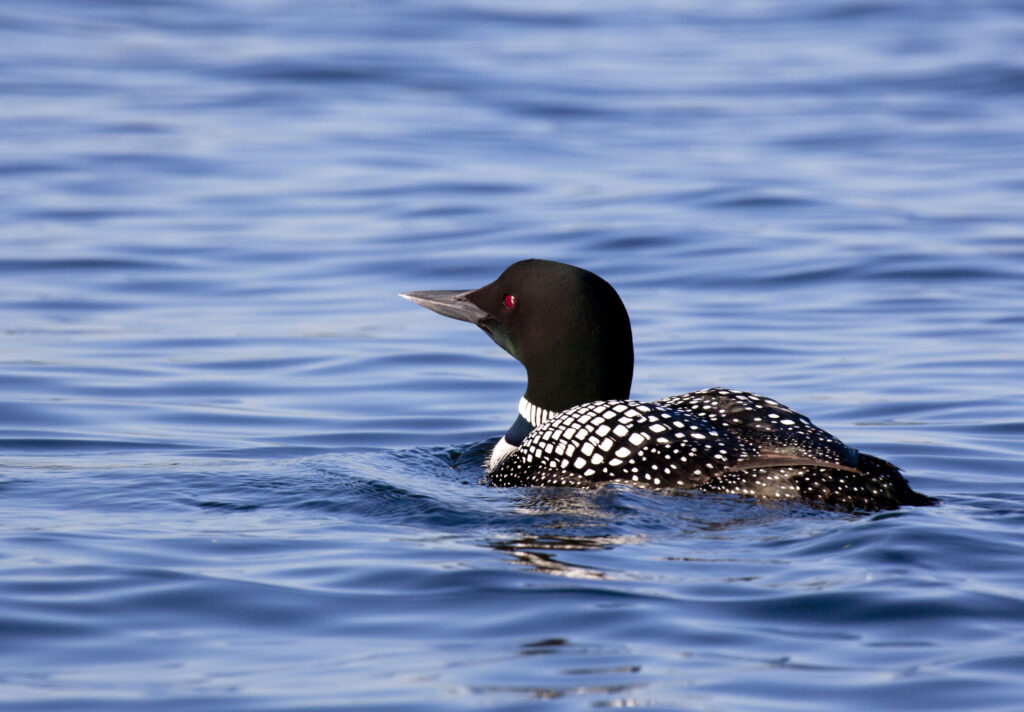
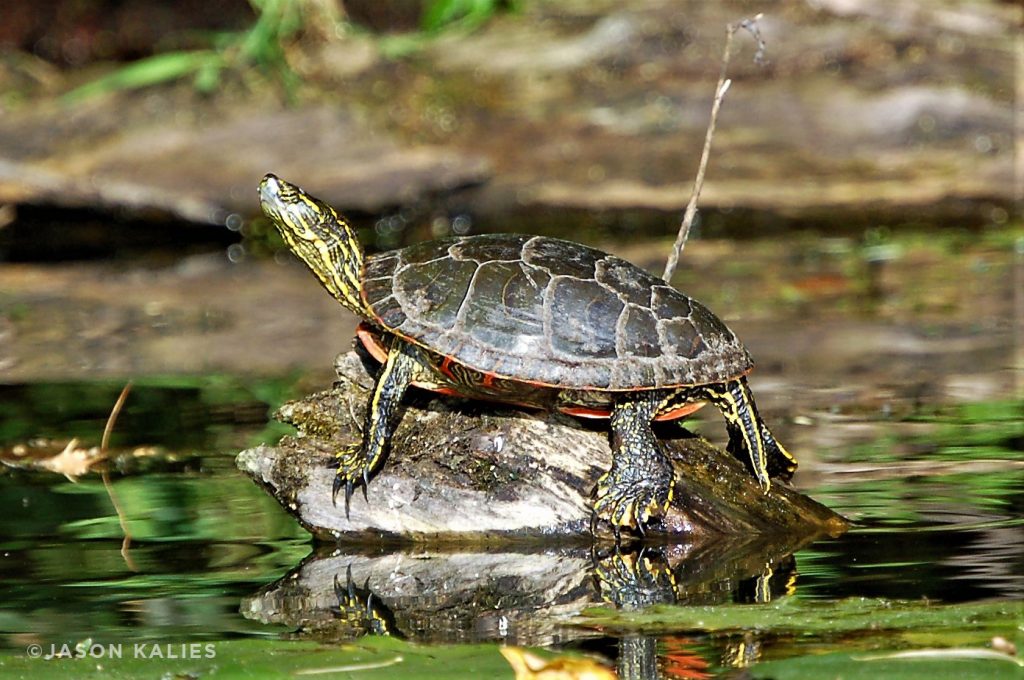
STATE
- Conservation Minnesota
- Minnesota Pollution Control Agency
- Minnesota Environmental Initiative
- UofM Aquatic Invasive Species Research Center
- Minnesota Association of Watershed Districts
- Department of Natural Resources
- Metropolitan Council
- Board of Water & Soil Resources
- Water on the Web
- Freshwater Society
- MN Lakes & Rivers
